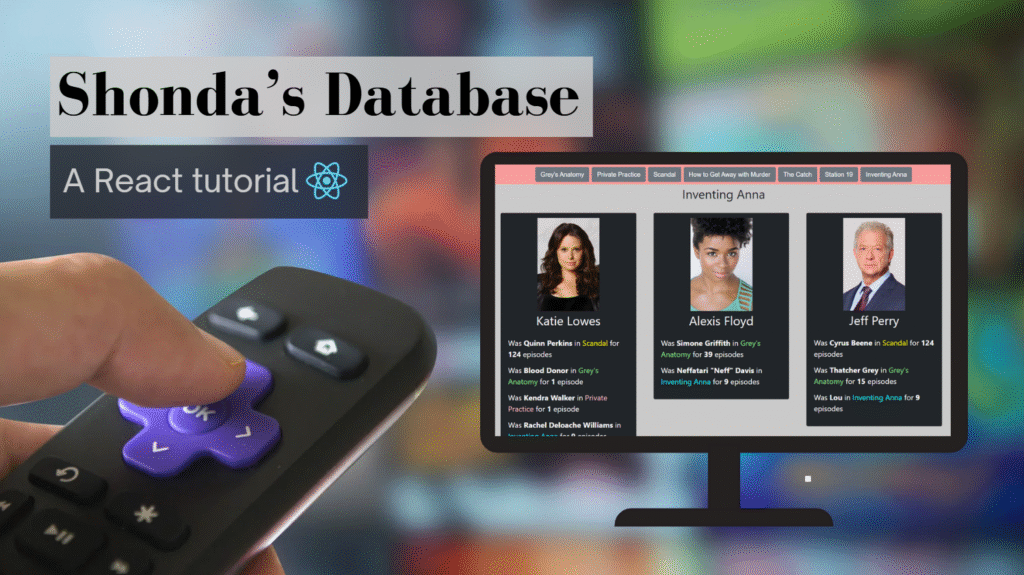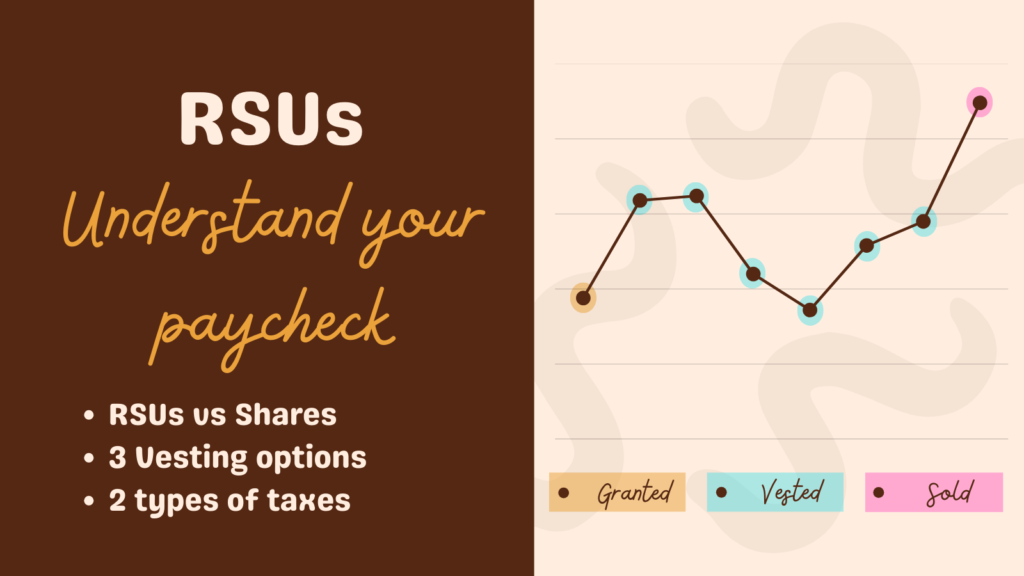Before the How — let’s start with the Why: Why should you create a website? Because it doesn’t matter what you do for a living, even if you don’t need to attract customers in your profession, it’s pretty cool to be able to send people to a space that represents you. So, whether it’s a one-pager resume with contact information, or a collection of blog posts, recipes, or any hobby that you want to share with the world — a website of your own is a nice way of doing that.
A Bit of Background
I started Cup of Code blog on Aug 2019 (yes, it just turned 4 years old :D). I wrote blog posts on Medium, and a year later I saw I loved it, and was ready to take it to the next level — Create my own external website! So, without any previous experience but with lots of motivation, I maneuvered my way to a functioning website:

One day, while I was dealing with moving apartments — it turned out my website needed to move too! I suddenly got a surprising $400+ charge from my hosting service! This made not just me worried, but my bank as well — which resulted in them blocking my credit card! (You know how it goes, trouble never comes alone)
Why did I not expect this $400 charge? This is a wonderful segue for diving into my website hosting tips and tricks!!
Important note: While doing the research for my own case, I found it hard to reach unsponsored content — which made me doubt the integrity of the reviews. Let me assure you — this blog post (and my blog in general) is NOT sponsored. I blog as a hobby, and I appreciate the autonomy of writing whatever I want, whenever I want.
Now we can start!

Tip #1: Know All The Costs!
Owning a website is not just pure hosting. It is composed of several parts that I will go over here in the blog post. Learn all the moving parts, and the total cost of your website before deciding if you are willing to go that route!
I will divide it into 3 parts:
- Hosting: HTML pages, Pictures… Where do your files sit? There are many hosting services out there, and it can be overwhelming. I’ll talk more about it in tip #2.
- Domain: What do people type in the URL to reach your website? Are you willing to spend money on a “clean” domain, or are you okay with a domain like https://cupofcode.medium.com/ (under Medium) or https://graphcsv.netlify.app/* (hosted with Netlify)? More about it in tip #3.
*I created this website for my Alicecode class to demo a project with CSV files 😉 - Website features: If you decide to use WordPress, you will see there are a bunch of plugins you can purchase. It is tempting, and you should count it in when calculating the total costs of your website. I’ll explain it all in tip #4.
It is important to mention that all those parts are subscriptions— you’ll be charged periodically forever! Well, not really forever, but as long as you want to keep your website up. In the end, I’ll share my yearly costs.
Tip #2: How To Choose The Right Hosting
This is where you can really get decision fatigue: Not only there are so many hosting services, but each of them has multiple plans! TOO MANY OPTIONS!
All plans have an introductory price and then a full price after the first period. My most important tip here is to not be fooled by the introduction price – Pick a plan that you are willing to pay the full price for. Yes — This is where the surprise $400 bill came from!

I first started with Bluehost, because they are big, reliable, and beginner-friendly. I chose the Basic Web Hosting and paid ~$100 for the 3-year plan. That’s a nice price. The problem comes with “Auto renews at the regular rate”, and $11/mo was too much (for me).
So, despite the inconvenience, and after some research, I migrated my website to the Single hosting plan in Hostinger, because they are also big and reliable, and $4/mo is the cheapest I could find.

I attached here only 2 hosting services with a total of 8 plans, and it is already looking very confusing. You may be wondering why don’t I pay an extra tiny $1/mo and get 100 websites —Well, because I don’t need 100 websites! Also, don’t forget how quickly this $3/mo turns into $7/mo forever. Lastly, even if you do eventually need additional websites, you can always upgrade.
Whatever hosting service you choose, you’ll be able to save some more coins with promo codes. You can find plenty on YouTube: Just search for a review of the hosting service of your choice and most chances you’ll land on a sponsored video 😉 In Bluehost, I got free Domain name registration + domain privacy&protection for 1 year (which saved me ~$50), and in Hostinger I got 10% off.
Besides The Plans
So I talked about costs, but do you know what is even more important than saving some money? Good customer service! No doubt you are all very smart, but it doesn’t mean you need to figure out things by yourselves: When you are tackled with a surprise charge, or when you have problems migrating your website to another hosting service… The smartest thing you can do is save time.
I don’t know much about others, but I had a wonderful experience both with Bluehost and Hostinger. I got a human being in the chat within 3 minutes every time!
The last thing to mention when it comes to hosting is choosing the right server location. It is hard to predict where will your traffic come from, but a good start will be your own location (because your audience will probably begin with your circle of acquaintances, right?). I don’t remember an option to choose when I set up my hosting with Bluehost, but with Hostinger I chose Europe and it’s loading faster 😀
Tip #3: Don’t cheap out on domain extras!
Extras? Wait, what are the domain basics? Don’t worry, I’ll cover everything you need to know about the domain here.
When you choose your domain provider, you’ll see a text box where you fill in your future website’s name, and next to it you’ll have a drop-down with possible suffixes: .com, .blog, .org, etc.
I’m no expert, but my experience shows that the more popular suffixes (.com for example) will be more expensive. I liked the idea that you can tell my URL is a blog before you even click (https://www.cupofcode.blog) but be aware that people trust “.com” more. Invest efforts in choosing the right URL — because this is where people will go when they want to reach your website, and it’s not something you should plan on changing.
Lastly, as I mentioned before — some hosting services will give you a free domain for a year, or something similar — so keep an eye out for that!
Now that we finished with the basics — let’s talk about the extras: You choose your perfect URL, you accept the price it costs, click next — and discover there is an optional extra: Domain privacy+protection.
All the domains (no matter the provider you choose) are managed by an organization called ICANN. They are required by law to publicly list the contact information of every domain owner in a big database called WHOIS. Your domain provider can mask this information and keep your privacy. I think this is important, but you do you!
Transferring Domains
(Feel free to skip this part if you are a first-time user)
When you move from one hosting service to another, you can (but don’t have to) move your domain registerer as well. I decided to do so because I find it convenient to have it all under one roof. Remember I told you I moved apartments? Thanks to this video I learned you can not migrate your domain if you changed your contact info (that includes your address) in the last 60 days! So I changed the address after… Phew! Another piece of information he noted in that video was that migrating automatically adds a year to your expiration date (which means you pay money) — I don’t find this critical, but good to know.
Tip #4: You can write code, but should you?
Now that you have hosting and a domain name, you need to take care of the content! When I started — everywhere I looked, people used WordPress. WordPress is a content management system (CMS), which means it looks like this:

When you log into your WordPress account, you’ll see this dashboard. The magic happens when you add good plug-ins, some are free and some are worth the money.
There are many WordPress tutorials out there, you don’t need me to add another one. I’ll just tell you that for some annoying reason, there are 2 WordPress-es out there: WordPress.org and WordPress.com. .org is the open-source, free-to-download management platform I was talking about, and .com is a fully hosted platform, meaning you get everything in one package. If you are getting hosting separately — WordPress.org is your answer.
Now, I know how to build web pages but chose not to. I wanted to invest my time in the content. Therefore, I’ve decided to use Elementor, which is nice because you can easily set it up with drag&drop elements. They offer a free tier, but I got the Pro Essential plan for ~$50/yr because of widgets such as forms and posts. The comparison between Elementor plans can be found here. With Elementor Pro, after I followed this tutorial, my website turned out beautiful and I no longer need to make adjustments every time I publish a new blog post.

Free Alternatives
With all that said, I have a friend who now asked for my help with Jekyll, which is a free platform to build clean static pages. This means you can upload your files to GitHub, and then connect your repository to Netlify. Who knows, maybe I’ll discover this is a better option for a blog (Stay tuned!). But even if I do, note that this requires a learning curve and time investment compared to Elementor.
Yup, it always boils down to time vs. money 😉
Tip #5: Don’t fall into “first-year free” traps!
Soon enough after the website migration finished, Hostinger emailed me about my “free email address”.
Their email was pretty convincing: “Hi there, It’s tough to be taken seriously with a personal email address such as proconsulting1@gmail.com. … The good news is that your hosting order comes with a free business email! Here are a few reasons why it pays to use a business email at your domain…”
So you probably think “Hey, why not try? It’s free”… Because this is a trap!! Think about it, an email address is an actual address — it is where people go when they want to reach you. It is hard, maybe even impossible, to redirect all the emails to a free alternative once the free year is over. I wouldn’t want to be trapped with renewing this email address forever, even for a small price.

Tip #6: You will spend a “learning fee” — and it is ok!
This is wonderful advice from my Mom. She wasn’t in on my Website endeavors, she was saying it about my relocation— but it fits here as well: You are doing something new, and you don’t know what is the correct/fastest/cheapest way yet — and it is ok! This is your learning fee, embrace it and have compassion for yourself. 🙂
To conclude… Is it worth it?
Unfortunately, you are a grown-up and therefore this is a decision you will need to make for yourself. Many hobbies will require costs if you want to step it up, and blogging isn’t different. My current yearly cost is ~$120, broken down as follows:
- Hosting: ~$24/yr for the next 4 years, and then ~$48/yr
- Domain+privacy+protection: ~$45/yr (the domain alone is ~$23)
- Elementor: ~$50/yr
You can also pick and choose where you spend your money — I gave free alternatives throughout the blog post.
My guideline is — if you are curious about it, and you can afford it — SURE! Give it a go. If you don’t like it, it isn’t really forever, despite my using this word a lot today. You can always cancel the automatic renewal -> Here is another tip for you, so you won’t receive an unexpected $400 charge!







